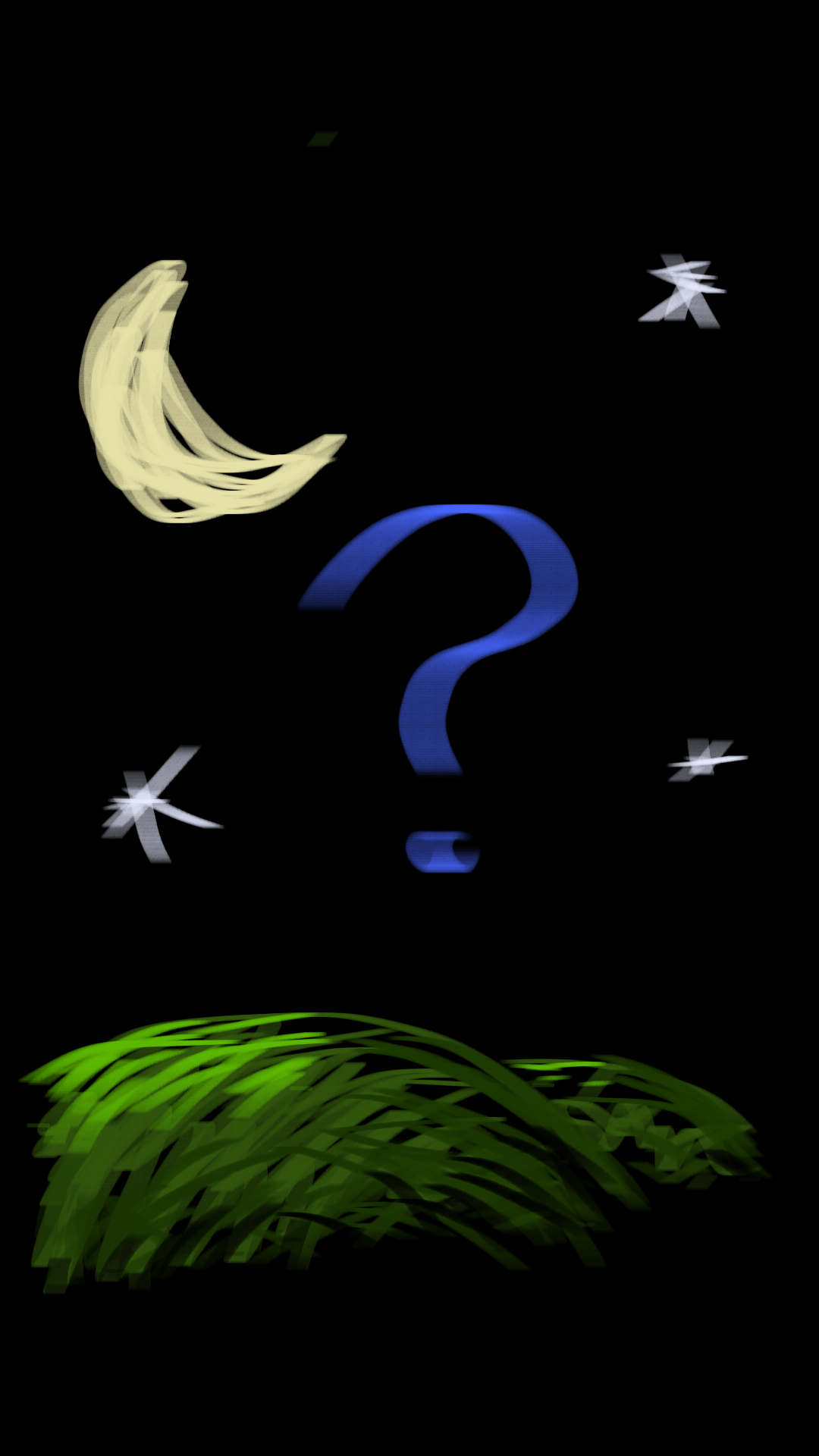
I have to admit, starting this whole thing with a Celestron C5 is not the most sensible way to go. It's got a narrow field of view (inherent of it's design), it's a bit expensive, and I had to literally figure out my own mount... There are many good features about it; I heard there's one on the International Space Station. Just saying it's not the best one to start with unless you have a grand just lying around waiting to be spent. Or you just know you're going to love astronomy and plan on buying only one scope for a really long time. Hopefully I will discuss more about scope designs and selections at a later date but for now, I just want to get one very important point across:
You don't need a telescope to start enjoying astronomy.
Yup. That's right. You just need your own pair of eyes. Granted, telescopes were invented for a reason but people tend to forget what they already have and then go out and buy that big honking telescope that they can just afford. It always pains me to see money being blindly dumped... Ok, back on topic...
Before setting out for a night of viewing, the first thing I normally do before even checking the weather is load up my trusty star map and figure out what time certain celestial bodies will be up.
Hint: do not expect to see everything on the map. Most stars and objects shown are not possible to see with the naked eye or even a small scope. Light pollution also does a number on reducing the amount of stuff visible.
What I found to be good, newbie friendly sources for maps:
Printouts: www.skymaps. (free)
Mobile app: Google Sky Maps (free), Stellarium (paid)
PC: Stellarium (free)
First time I ever set out to try out my shiny new telescope (a Celestron Travelscope 70), I sat there poking around and waited for the moon. Hours later, I realized, hey... it ain't coming... Turns out that night, the moon was on a cycle where it would rise in the weeeee hours of the morning and not set until 9 am, broad daylight. Yea. These things like to move around at their own pace. Try not to get stood up on your first date. XD
Now that we understand why we should consult a map, let me give you my opinions and experiences with each form:
Hardcopy:
Pros:
- Readily available
- Easy to use
- Interesting constellations and objects indicated
- Doesn't run out of power
Cons:
- Can't zoom in
- Need to download and print a new one every month or get a sky atlas with the whole sky charted
- Need a flashlight
- Gets soggy from the condensation (this one's the deal breaker for me)
Mobile app:
Pros:
- It knows where you are, what time zone you're in, and calculates what you should see
- Back lit screen, some with night vision preserving mode
- Interfaces with the phones motion sensors to enable "point and find" function
- Allows zooming in
- No page flipping
Cons:
- If your phone is not at least water resistant, it may seriously suffer depending on what your local climate is
- Battery life is limited
- People's messages keep jumping up on top of your simulated night sky
PC: Virtually same as the phone/tablet app except battery life is severely limited, no motion sensors, it's bulky, it's heavy, and you're probably carrying your phone anyways.
Of course, use whatever works best for you. I personally prefer the mobile app and having a simple one paged map in my bag. Just in case.
Hint: on days when the weather is not cooperating, Stellarium on the PC is a great alternative for exploring the current night sky.
So just go out there and have fun. Sit back and relax.